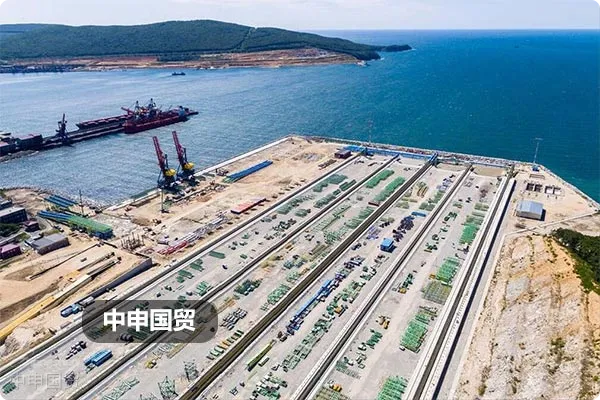- Shanghai Zhongshen International Trade Co., Ltd. - Two decades of trade agency expertise.
- Service Hotline: 139 1787 2118

New Trends in the Industry:Equipment ImportsRequirements
The global market size for foam molding equipment is projected to exceed $4.8 billion by 2025, with China accounting for 34% as the largest importer.New energyDemand in emerging sectors such as automotive battery packaging and temperature-controlled materials for cold chain logistics has surged, driving the need for equipment upgrades among small and medium-sized enterprises. However, data from the General Administration of Customs shows that among equipment-related return declarations in the first four months of 2025,The proportion of foam molding equipment reaches 21%., mainly involving issues such as non-compliance with technical parameters and lack of certification.
Key Control Points in the Entire Import Process
Matureforeign tradeThe agency service should cover three core stages:
- Preliminary technical coordination
- Equipment Parameter Verification (12 Key Indicators)
- Special Certification Pre-qualification (CE/UL/GB Standard Conversion)
- Tariff Classification Prejudgment (Difference Between Tariff Codes 8477 and 8479)
- Customized Logistics Solutions
- Precision Component Anti-Vibration Packaging Standard
- Temperature-Controlled Transportation Cost Optimization Model
- Port Special Equipment Handling Plan
- Customs clearance practical operations
- Differences in Declaration Between Automatic Forming Machines and Semi-automatic Equipment
- The process for obtaining environmental approval for the import of used equipment
- Compliance Handling of Royalty Declarations
Typical risk scenarios and response strategies
A typical case encountered by a Zhejiang-based enterprise in 2025 when introducing a German foaming molding line:
- Technical barriers:The new EU Machinery Directive MDR 2025/32 updates the requirements for protective devices.
- Solution:The agent service provider conducts a preliminary technical document review in advance and coordinates with the manufacturer to issue a declaration of conformity.
Compare the time efficiency differences between different customs clearance methods:
- General trade declaration: average 15 working days (including commodity inspection)
- Temporarilyimport and exportMode: 8 working days (deposit required)
- Cross-border E-commerceChannel: 5 working days (for equipment under USD 300,000)
Special Considerations for the Import of Second-hand Equipment
In 2025, the import volume of second-hand equipment in Southeast Asia increased by 67% year-on-year, requiring special attention:
- The validity period of the import license for electromechanical products has been shortened to 45 days.
- The new customs valuation regulations require the submission of original manufacturer purchase documents.
- Please add a carbon emission verification step to the environmental permit application.
Decision Model for Preferred Agency Service Provider Selection
Four core competencies professional agencies should possess:
- Technical due diligence capability at the source of equipment manufacturing
- The success rate of resolving customs pre-classification disputes is ≥92%.
- The special transportation resource pool covers major ports.
- The tax planning solution achieves a comprehensive cost optimization of 18-25%.
Related Recommendations
? 2025. All Rights Reserved. Shanghai ICP No. 2023007705-2  PSB Record: Shanghai No.31011502009912
PSB Record: Shanghai No.31011502009912










